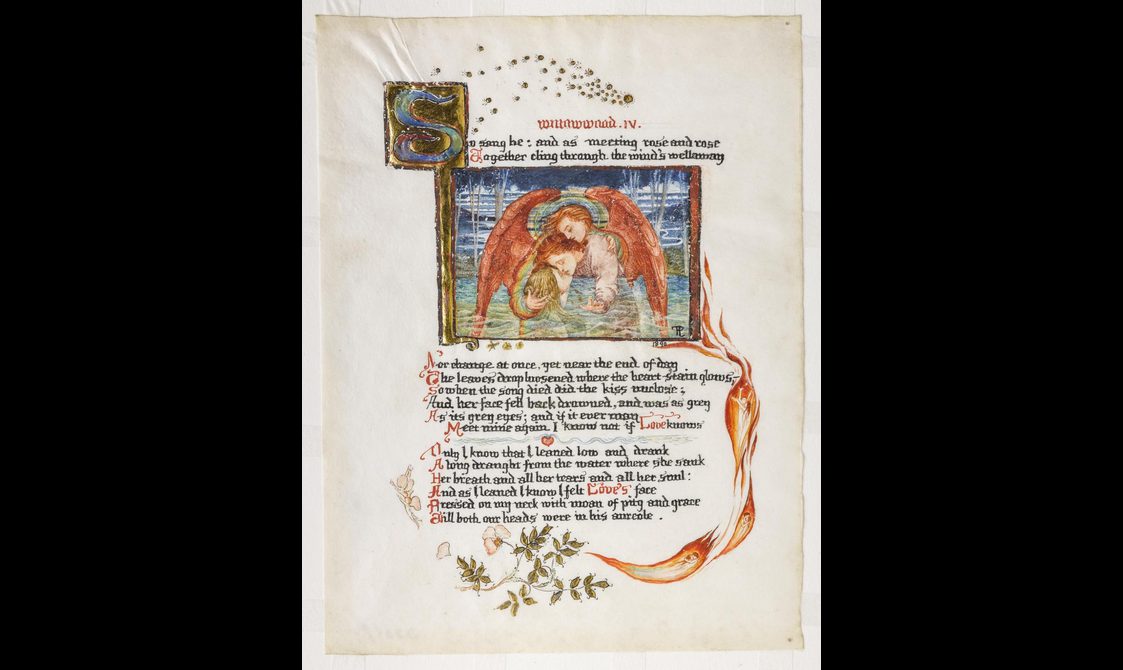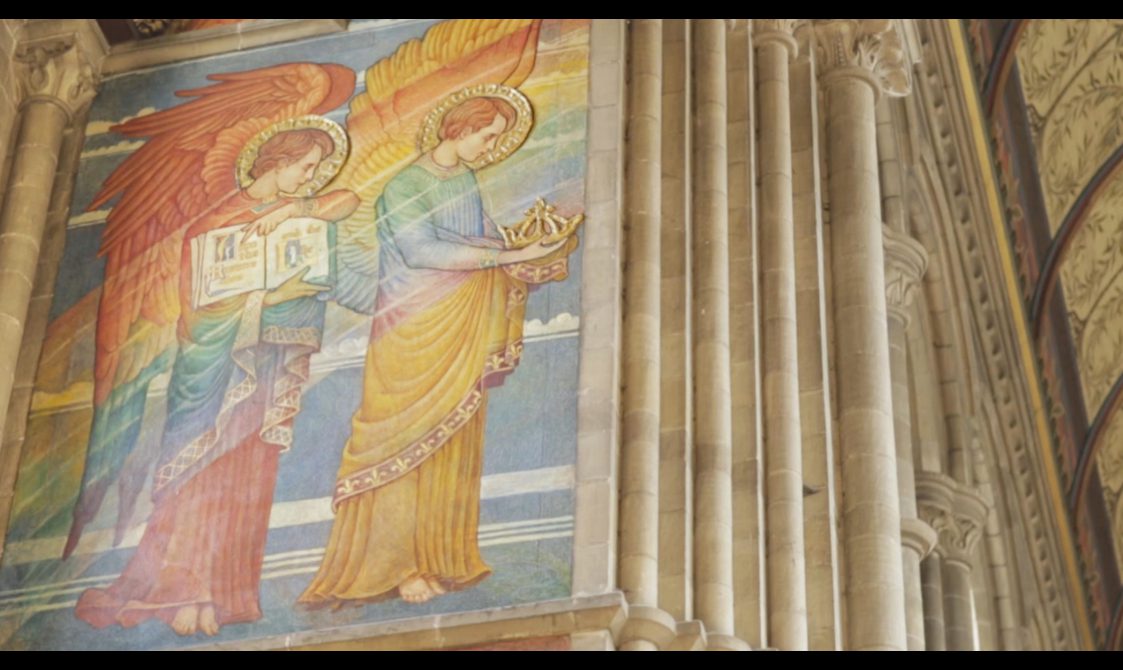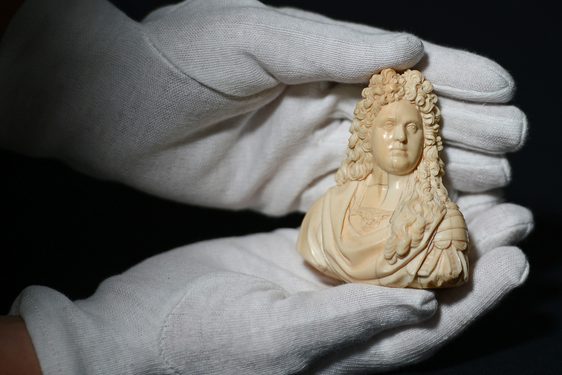
Who was Phoebe Anna Traquair?
News Story
Phoebe Anna Traquair (1852 - 1936) was the first important professional female artist of modern Scotland. She was also a leading figure within the Scottish Arts and Crafts movement.
Born Phoebe Anna Moss in Ireland on 24 May 1852, Traquair studied art in Dublin. She came to Scotland at the time of her marriage to the palaeontologist Dr Ramsay Traquair. He was the first Keeper of Natural History at the Edinburgh Museum of Science and Art (an earlier name for the National Museum of Scotland). She spent most of her working life in Edinburgh.
In 1920, Phoebe Anna Traquair became the first female member of the Scottish Royal Academy. This reflected her status as a leading professional designer at a time when art and design were still dominated by men.
Traquair worked in an extraordinarily wide variety of media. This included enamelling, book binding, embroidery, manuscript illumination, and mural painting. Her famous mural paintings still adorn the walls of Edinburgh’s Catholic Apostolic Church (now the Mansfield Traquair Centre), St Mary’s Episcopal Cathedral’s Song School, and the Royal Hospital for Sick Children’s Mortuary Chapel.
Image gallery





After the birth of her three children in the 1870s, Traquair spent time raising her family. From the early 1880s onwards she was able to dedicate more time to the arts and crafts. She undertook commissions for friends and clients. Soon she gained a reputation as an embroiderer, jeweller, mural painter, and illuminator of manuscripts.
Traquair was influenced by the poet, artist and visionary William Blake, by the Pre-Raphaelites, and by her travels in Italy. Her work was ambitious and awe inspiring, and her subjects often allegorical, religious or mythical.


